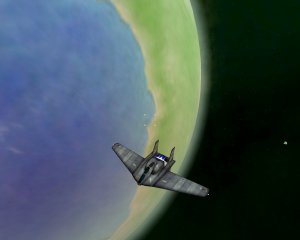The term BioMusic seems to have many different meanings. At least a couple of them represent an authentic connection between art and science, and lend themselves to teaching and research at the university level. The research in this area seems to bring together biologists or doctors, musicians, and computer scientists.
One relates to the evolution of a musical sense as recently exemplified in research on bonobos (http://www.reuters.com/article/2014/02/15/us-science-animals-rythym-idUSBREA1E0ZL20140215) by Dr. Patricia Gray (https://performingarts.uncg.edu/mri/research-areas/biomusic) at the University of North Carolina, Greensboro (http://www.uncg.edu). This research involved an undergraduate research assistant. Other studies relate to whales songs and bird songs, and rhythmic abilities in parrots (http://www.newscientist.com/article/dn17065-dancing-parrots-could-help-explain-evolution-of-rhythm.html#.UwJ7TRayfzI) and sea lions (http://news.ucsc.edu/2013/04/sea-lion-beat.html).
The other meaning relates to the sonification of human biological data including heartbeat, brainwaves, respiration rate, or protein patterns or genetic traits. There’s even an ap for that : http://biobeats.com/our-story/. These topics related to health and biofeedback, as well as biological diversity.



You must be logged in to post a comment.